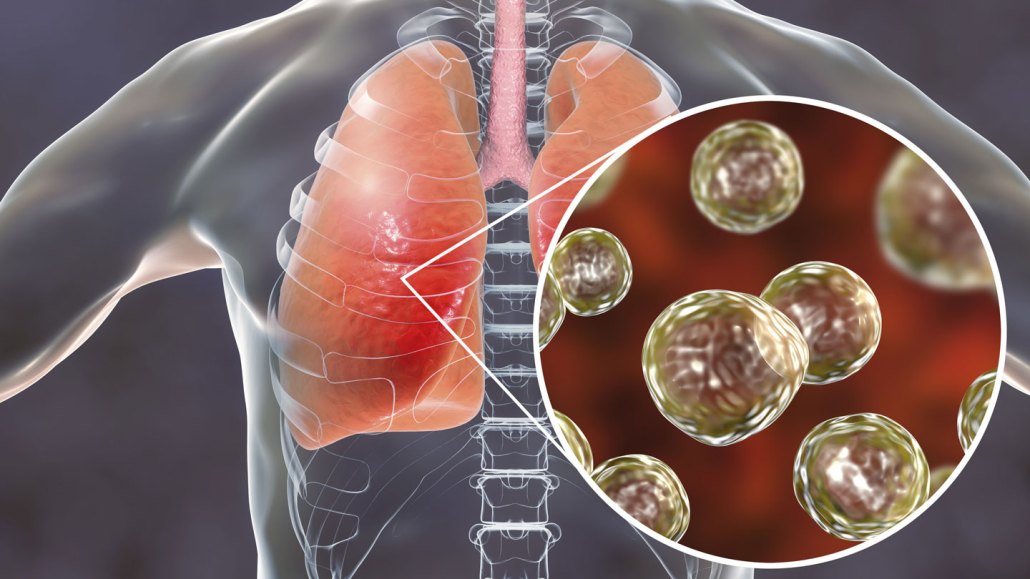4 key things to know about lung infections caused by fungi
News that three kinds of fungi are more widespread than thought prompted reader questions

Blastomycosis, which mainly affects the lungs (illustrated here), is an infection caused by Blastomyces fungi. Such fungal infections are becoming more widespread.
KATERYNA KON/SCIENCE PHOTO LIBRARY/getty images plus